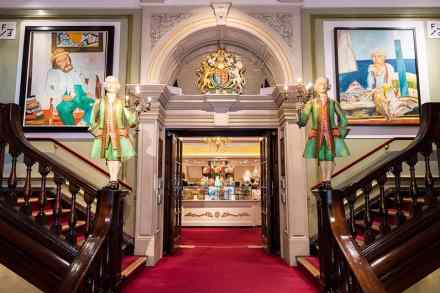The etymological ingredients of ‘flageons’
‘Don’t you know the answer?’ asked my husband with mock surprise, throwing over to me from his armchair a copy of the Daily Telegraph. The question, from a reader on the Letters page, was what Mrs Beeton meant by flageons of veal. I had no idea and nor did the Oxford English Dictionary in 20 volumes. The recipe was for a sort of giant hamburger or hot meatloaf made from minced veal, suet, eggs and breadcrumbs. That gave no clues about its name. It could hardly have connections with flagons or flagellation. A day later another reader found in her edition of Mrs Beeton’s Book of Household Management from 1915




















